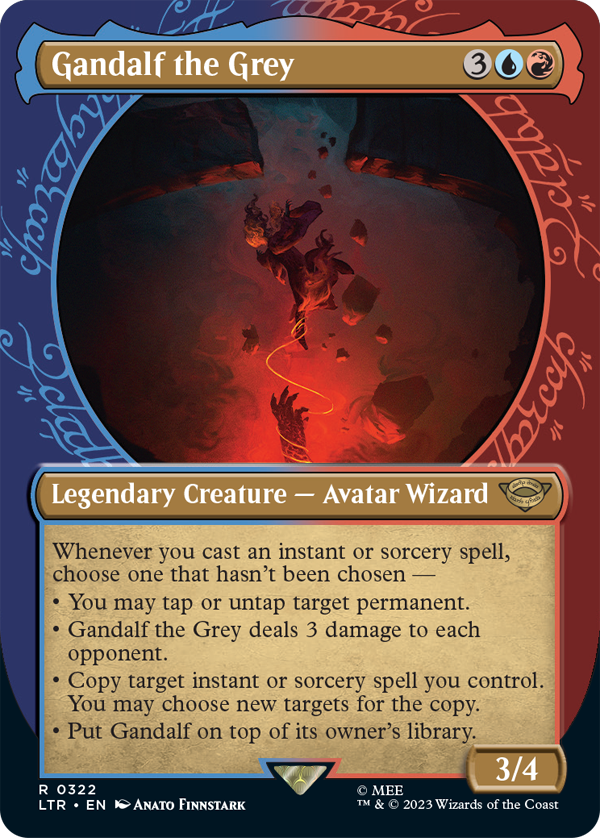Magic: The Gathering is more than simply a card game; it's a rich plus immersive experience of which allows you to delve into fantastical realms and release powerful spells. No matter if you’re a newbie curious about the magic world or a seasoned game player looking to refine your skills, building your first Magic: The Gathering terrace may be both fascinating and daunting. Using a myriad of cards, shades, and strategies to choose from, knowing the fundamentals involving deck construction is essential to your accomplishment on the battleground.
In this ultimate guidebook, we will discover everything you want to know about crafting your very first deck. From picking the right hues and understanding mana to avoiding common pitfalls and taking in your unique playstyle, we will supply you with the knowledge and self confidence to make a deck that not only stands out but also wins. So pick up your cards, tap into your creativeness, and let’s embark on this mysterious journey together.
Understanding Terrace Building Basics
In Magic: The Gathering, creating your first deck can be daunting, although understanding the basics makes the procedure easier and a lot more enjoyable. In its key, a Magic terrace consists of a minimum of 60 cards, which in turn includes a mix of creatures, periods, and lands. Each of these greeting card types plays a vital role within your overall strategy, causing your chances of winning games. visite site with these components is essential for producing a solid foundation for your deck.
One involving the most important aspects in deck building is the mana system. Mana is the resource used to cast spells and summon pets, and it will come from lands inside your deck. Every single color of mana—White, Blue, Black, Red-colored, and Green—represents distinct styles of enjoy. Understanding how to balance your dimana sources with the means and creatures is definitely key to keeping a smooth plus consistent performance throughout games. A well-constructed mana base guarantees that you may enjoy your cards upon time and implement your strategy effectively.

Additionally, you should check out different deck archetypes that align with your style of enjoy. Whether you like extreme strategies that whelm opponents quickly, command strategies that emphasis on board condition management, or combination decks that rely on creating powerful interactions, knowing what archetypes exist will help you decide just how to construct your deck. Each archetype has its own abilities and failings, so it’s useful to identify which one particular resonates with your own gameplay preferences as you begin your journey into the world of Magic: The Gathering.
Choosing Your current Deck Strategy
When developing your first Magic: The Gathering deck, choosing a strategy of which resonates with the playstyle is crucial. Think about whether you choose fast-paced, aggressive game play or possibly a more manipulated approach that enables for strategic preparing. Aggro decks commonly focus on dealing damage quickly, often utilizing low-cost pets to overwhelm opponents early. Conversely, management decks prioritize shielding against threats although gradually gaining edge with powerful spells and late-game win conditions. Understanding your requirements will guide the selection of playing cards that align along with your chosen technique.
Another essential aspect is always to explore the archetypes available in Magic: The Gathering. Each and every archetype brings its unique flavor and strategies, like mid-range decks that mix elements of hostility and control. Simply by familiarizing yourself along with the different floor types, you will certainly be better outfitted to craft a new deck that not only fits within the competitive scenery but in addition expresses your individual style. Exploration popular archetypes love aggro, control, combination, and midrange to be able to decide which that appeals to you the most.
Once a person have determined your preferred strategy plus archetype, it's the perfect time to choose the perfect color combination. Each and every color in Magic: The Gathering presents distinct strengths and abilities that can influence your gameplay. Such as, red is known because of its aggressive creatures and burn off spells, while glowing blue excels in credit card draw and counterspells. Selecting a color or combination regarding colors that complement your strategy may allow you to develop a cohesive and even effective deck. Consider how these hues interact to support your overall strategy, ensuring that you have the necessary tools to carry out your strategy efficiently.
Tips for Budget Floor Construction
Building a Magic: The Gathering porch on a budget can end up being both rewarding and even challenging. More Help is to be able to determine which formatting you want to play, because this will effect your card choices and budget limits. Focus on finding cards from current sets or people with been reprinted, because they tend to become more affordable. Keep an eye out for bulk gives and sales at local game stores, online marketplaces, or even through community teams where players frequently sell or industry cards.
Instead of chasing high-value rare cards, consider using commons in addition to uncommons that can certainly still make a competitive deck. Many budget friendly cards have excellent synergies and can conduct well in selected strategies. For example of this, if you are building an aggro deck, prioritize beings which may have good numbers for his or her mana expense, or those along with abilities that supplement your overall strategy. Additionally, explore alternate win conditions that don't rely upon expensive cards, generating it easier to win without overspending.
Lastly, don’t hesitate to create your deck gradually. Get started with a solid primary of budget playing cards and playtest your current deck to discover any weaknesses. You can then select to buy a few key cards of which enhance your deck's performance over period. In this way, you can easily adapt your technique based on what realy works best while maintaining your overall finances in balance. Engaging using your group could also provide chances to trade or share cards, aiding you to develop a stronger floor without overspending.
